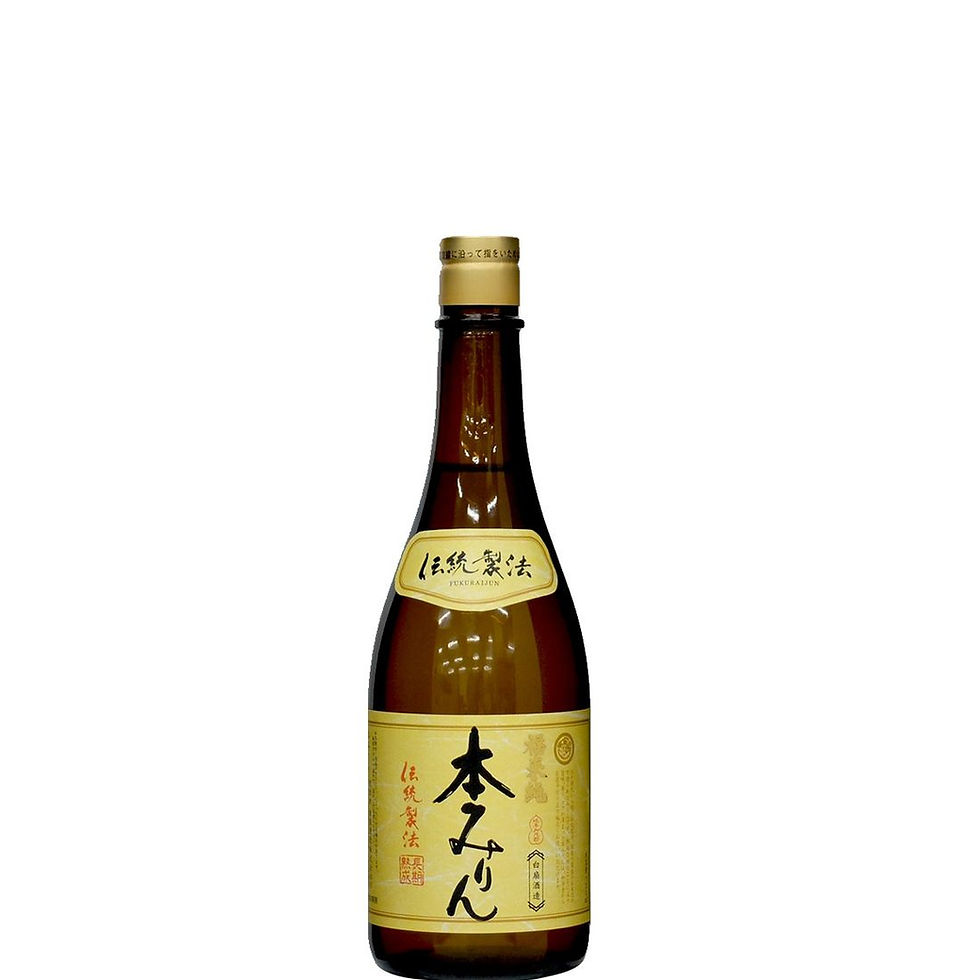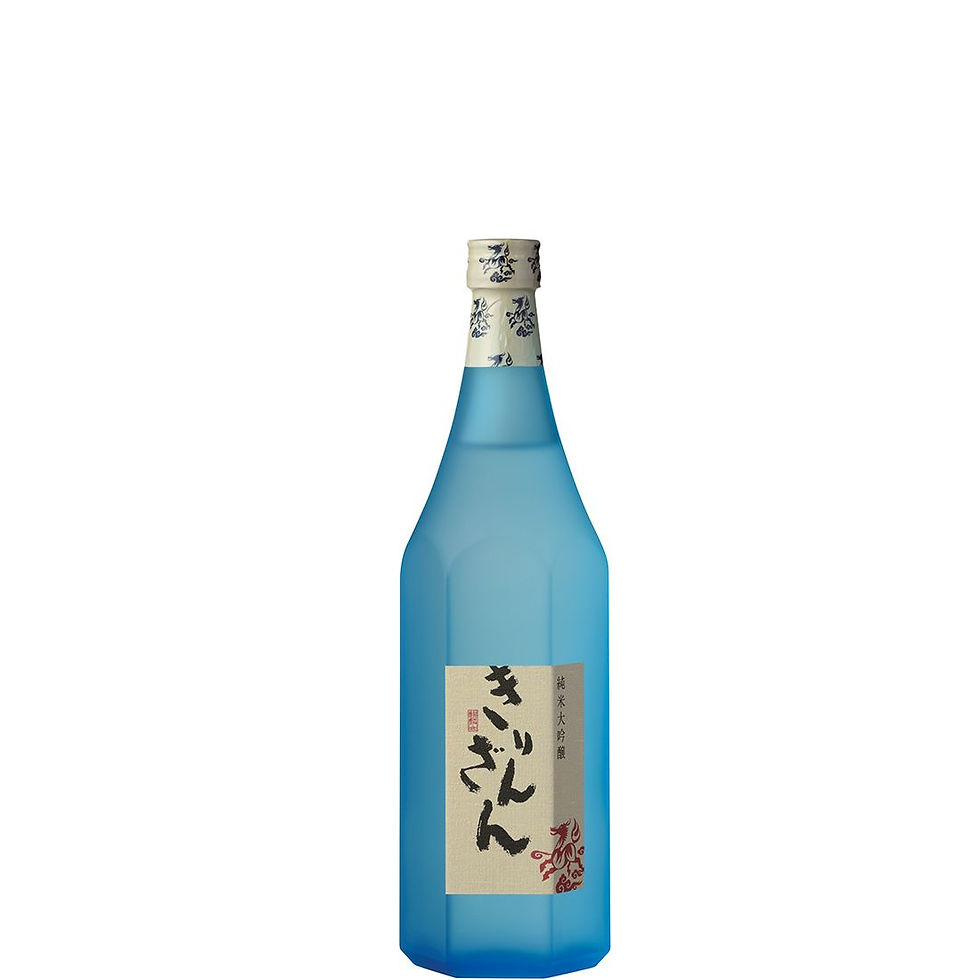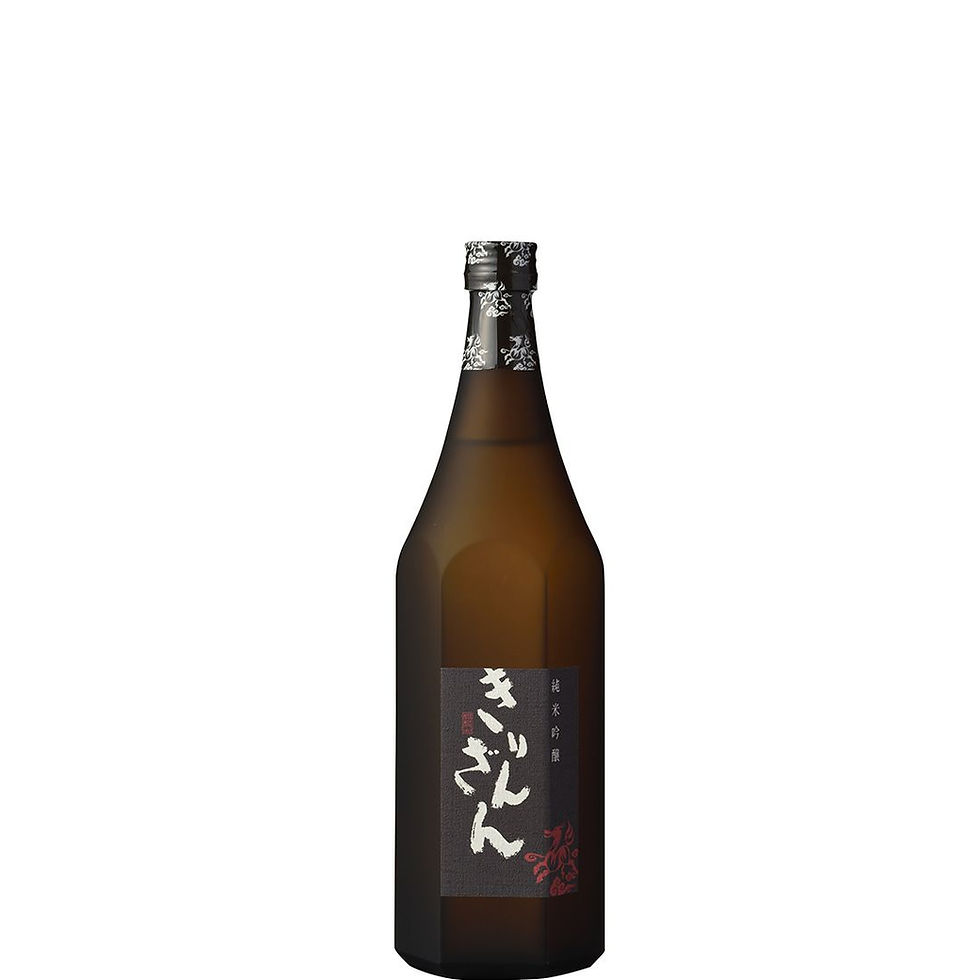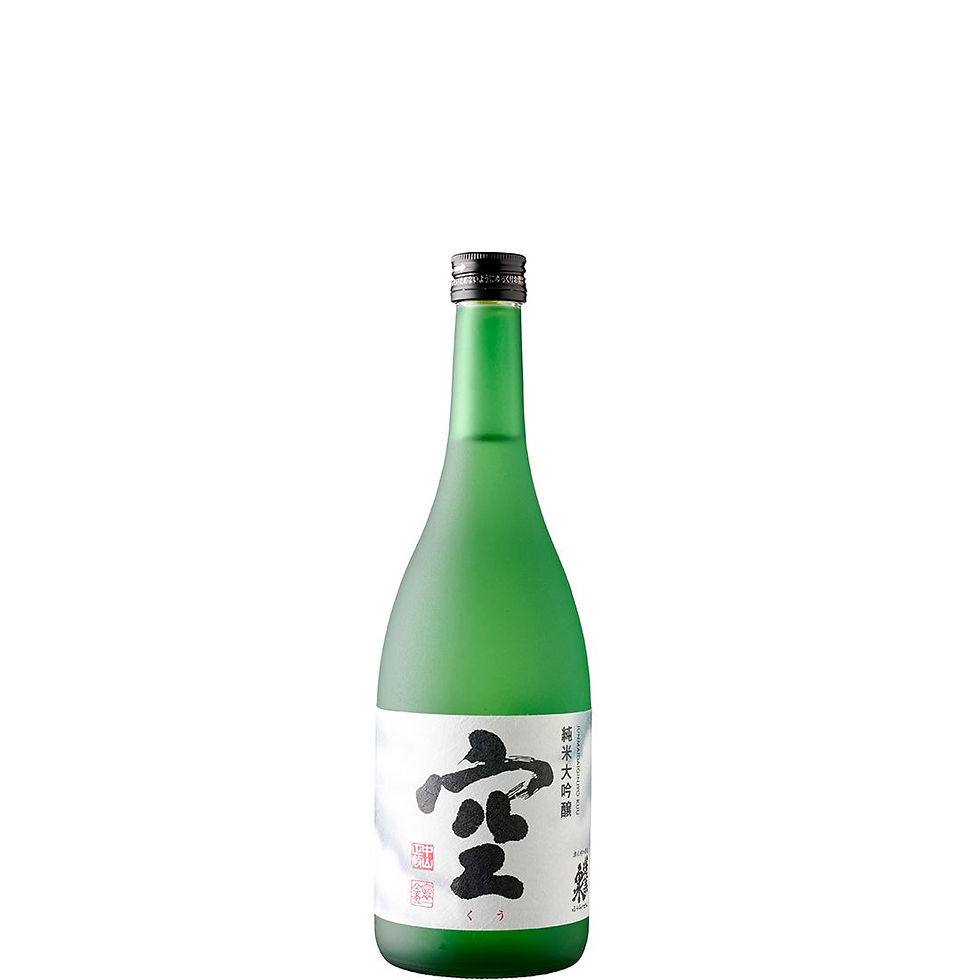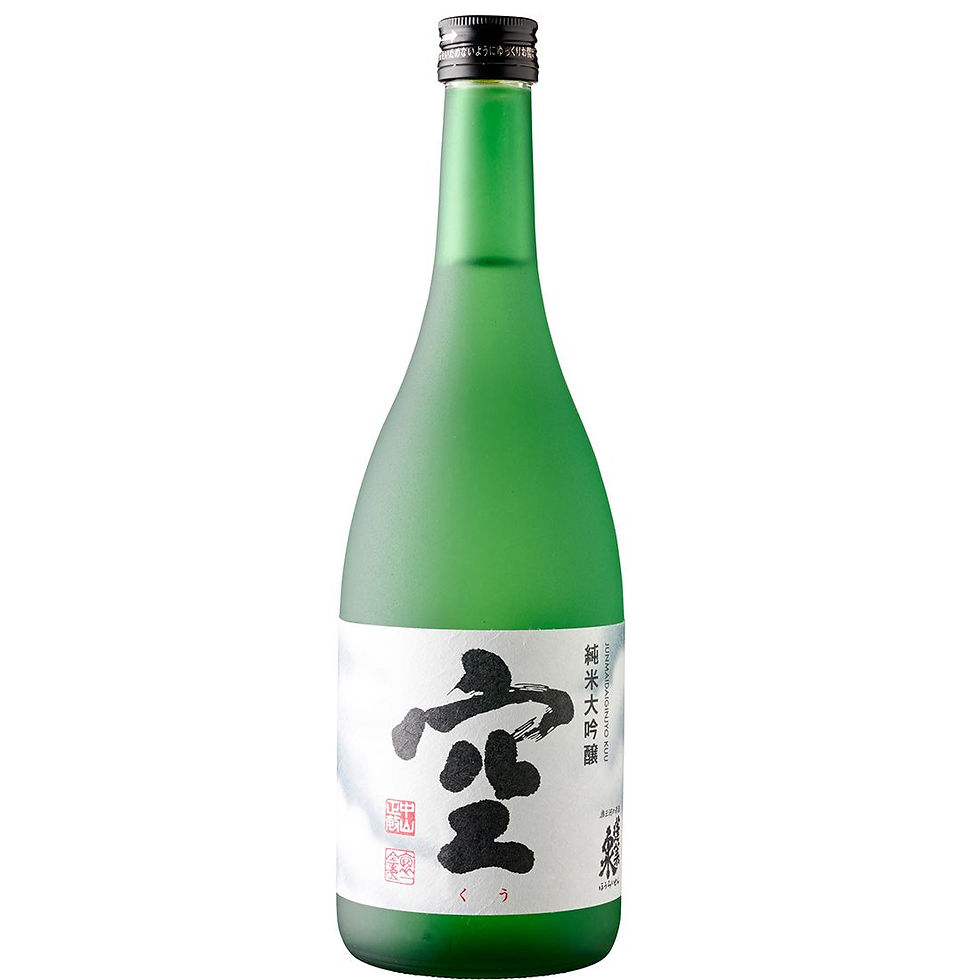SAKE 酒
Sake, also spelled saké also referred to as Japanese rice wine, is an alcoholic beverage made by fermenting rice that has been polished to remove the bran. Despite the name, unlike wine, in which alcohol is produced by fermenting sugar that is naturally present in fruit (typically grapes), sake is produced by a brewing process more akin to that of beer, where starch is converted into sugars, which ferment into alcohol.
The brewing process for sake differs from the process for beer, where the conversion from starch to sugar and then from sugar to alcohol occurs in two distinct steps. Like other rice wines, when sake is brewed, these conversions occur simultaneously. Furthermore, the alcohol content differs between sake, wine, and beer; while most beer contains 3–9% ABV, wine generally contains 9–16% ABV, and undiluted sake contains 18–20% ABV (although this is often lowered to about 15% by diluting with water prior to bottling).
In Japanese, the word sake (kanji: 酒, J) can refer to any alcoholic drink, while the beverage called "sake" in English is usually termed nihonshu (日本酒; meaning 'Japanese liquor').
Under Japanese liquor laws, sake is labelled with the word "seishu" (清酒; 'clear liquor'), a synonym not commonly used in conversation.
In Japan, where it is the national beverage, sake is often served with special ceremony, where it is gently warmed in a small earthenware or porcelain bottle and sipped from a small porcelain cup called a sakazuki.
As with wine, the recommended serving temperature of sake varies greatly by type.
Key to symbols
Rice: 飯 there are more than 250 varieties within the Japonica rice family, the Sakami rice strain being the only used for premium sake, there are a lot of sub varieties such as Gohyakumangoku, Yamadanishiki etc. that are known for their shinpaku (soft white center) which contains the only part in a grain of rice used for Sake production.
Polishing: Polish = Purity 研磨倍率. The polishing ratio is an important indication of PURITY and QUALITY. It is a measure of what`s left of the grain after polishing. So the smaller the percentage the more it has been polished. A 30% polishing ratio means that only 30% of rice seed is used.
Yeast: Kobo 酵母. Although quite a few breweries pride themselves on developing their own yeasts, the majority of sake brewers rely on sake yeasts that have been cultivated and tested over time. Yeast isn't everything; temperature of fermentation is essential in shaping the finished product. As a general guide line some the use of some yeast can lead to a fruitier, more wine-like sake, others strains of yeast can give a subtler, more earthy rice aromas.
Starter: Starter Moto 酒母The Sake brewing starter is called moto (“source”) or Starter (“mother of sake”) in Japanese. This sake starter, made of water, koji (Sake mould), steamed rice and yeast, is second only to koji quality in determining the quality of the end product. The purpose of the starter is to cultivate ideal yeasts for the main fermentation. Since heat sterilization is not used for koji, it is essential to
reach the dominant condition of yeast as soon as possible to bring the anaerobic conditions that prevent microorganism contamination in the starter.
Sweetness: Nihonshu-do (日本酒度) the Sake Meter Value (SMV), or in Japanese the Nihonshu-do,is used to measure the sugar content. It measures the density of sake compared to water. The higher and the positive number is, the drier the sake will be, as opposite the lower the negative number is, the sweeter the Sake will result. For instance a +10 will be drier than a -15.
Acidity: San-do (酸度) Acidity levels in Sake are measured from 1.0 to 1.9. The lower acidity sakes can be considered lighter and cleaner sakes and the higher values equate to more full-bodied or full-flavored brews. The average for acidity in Sake is usually between 1.2-1.4
Amino: Amino-acids (アミノ酸) in Sake exist in the form of salts and also displaying slight sweetness, umami, acidity and bitterness, are constituents of sake flavour. Where amino acid levels are too high value more than 2.0, the Sake is hard to drink with high levels unpleasant flavour. When amino acid levels are low, value less than 1.0 the Sake will be thinner and clean.







